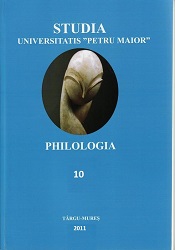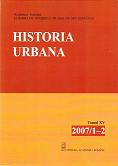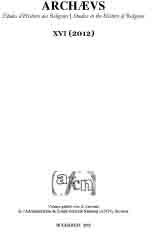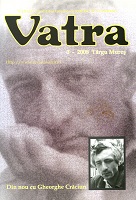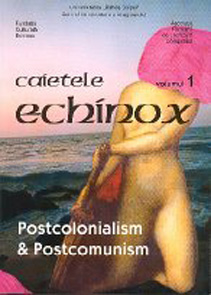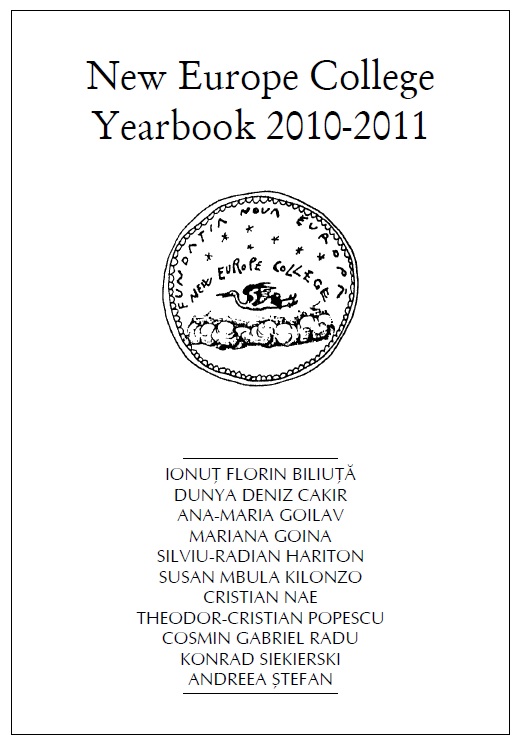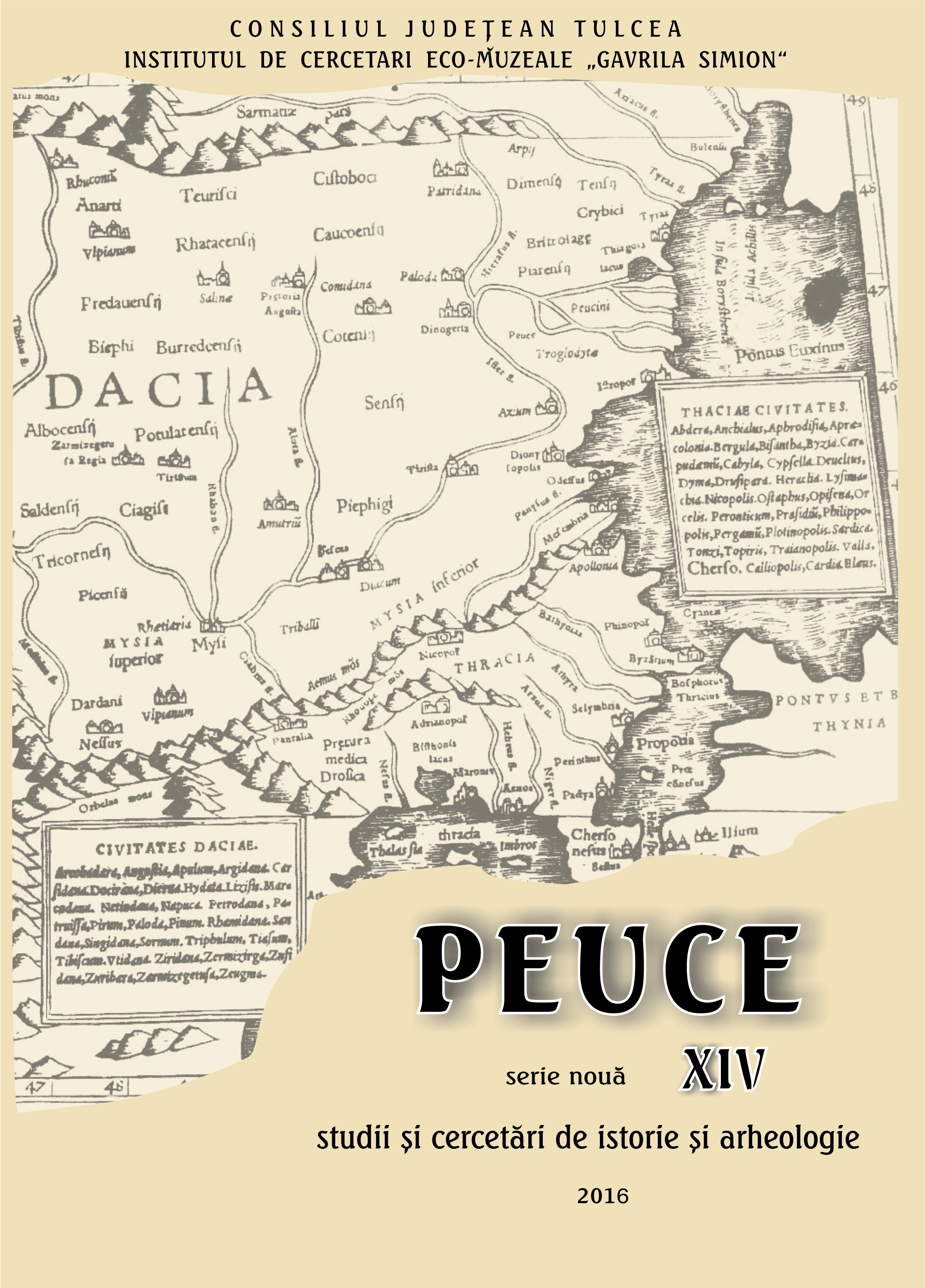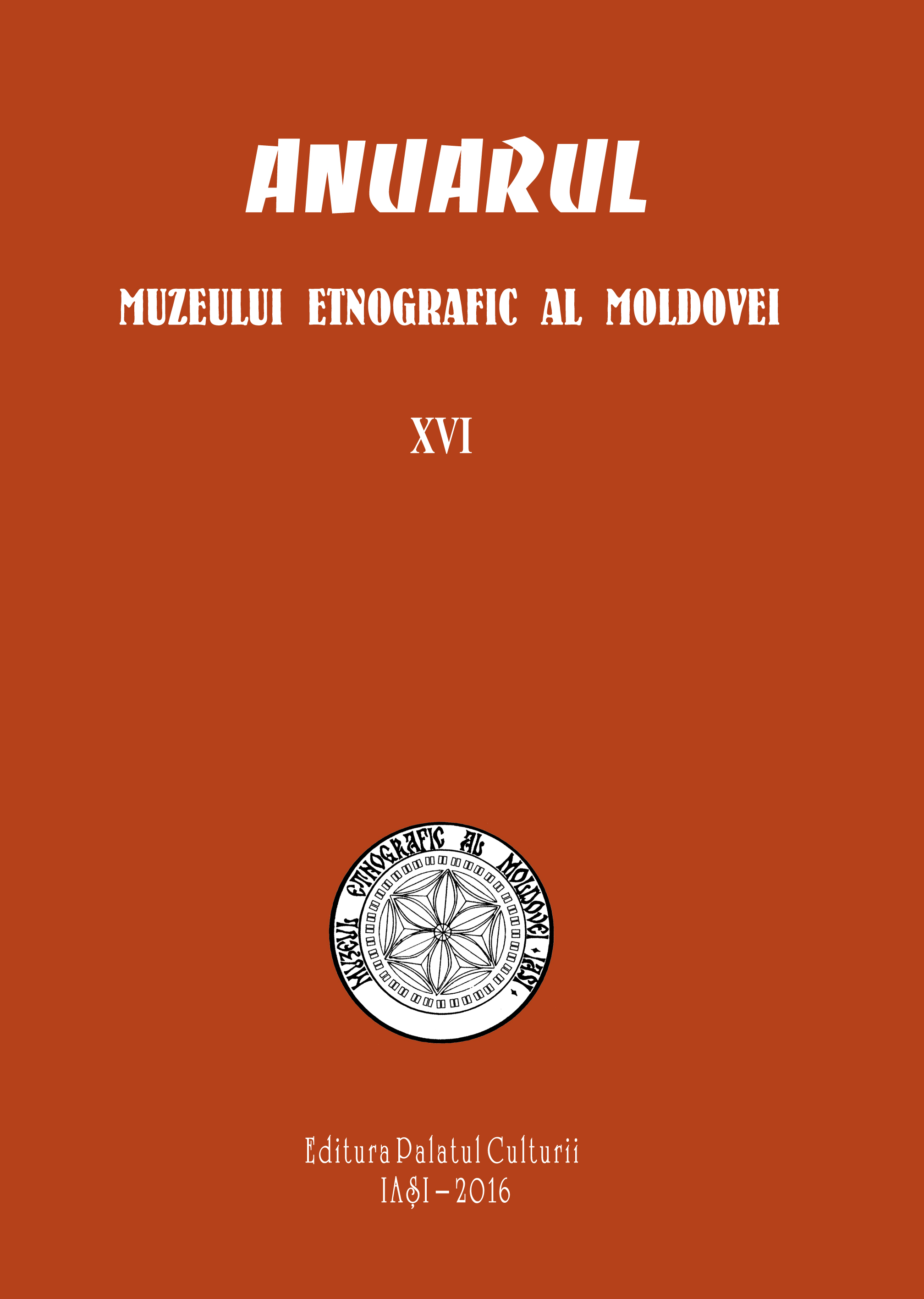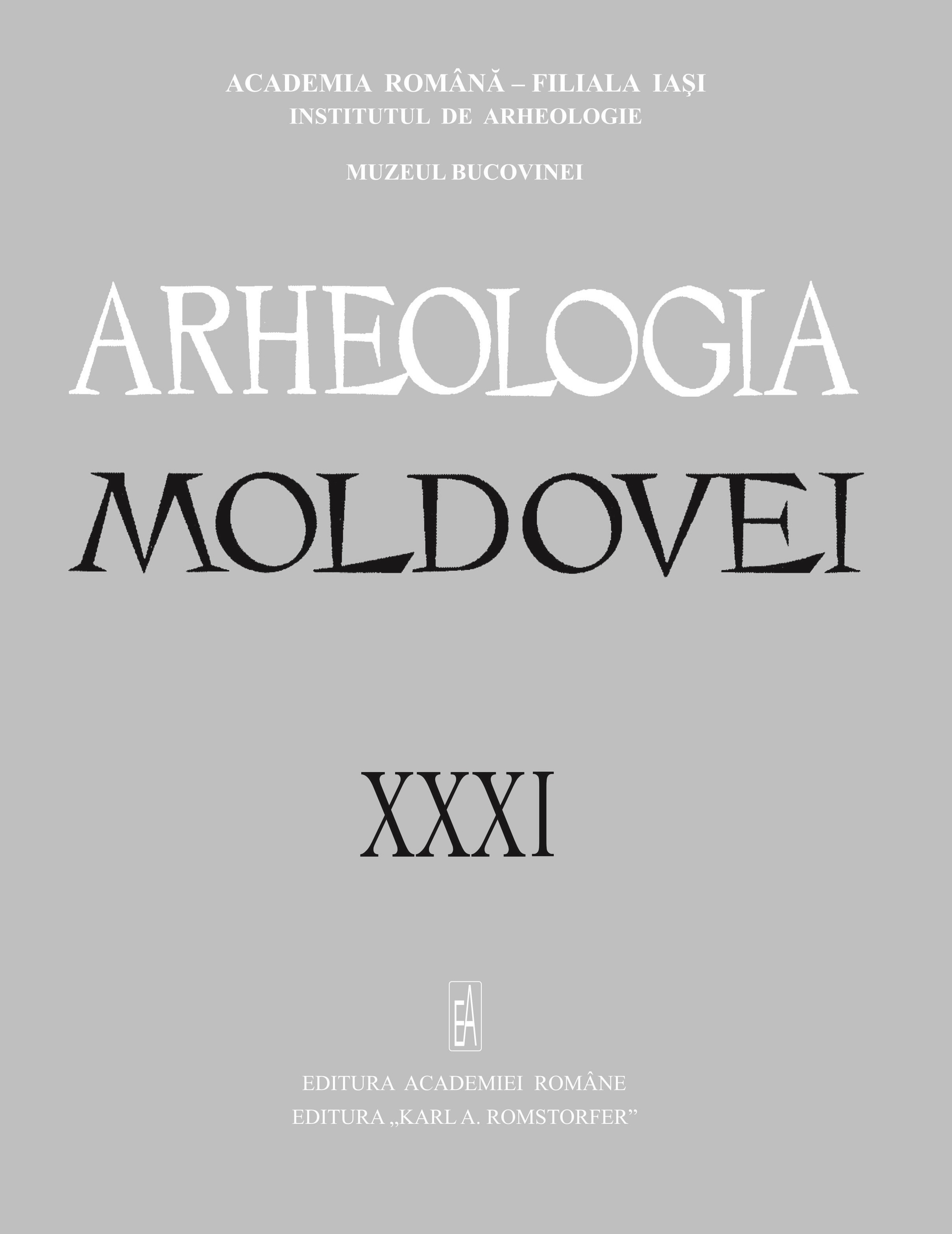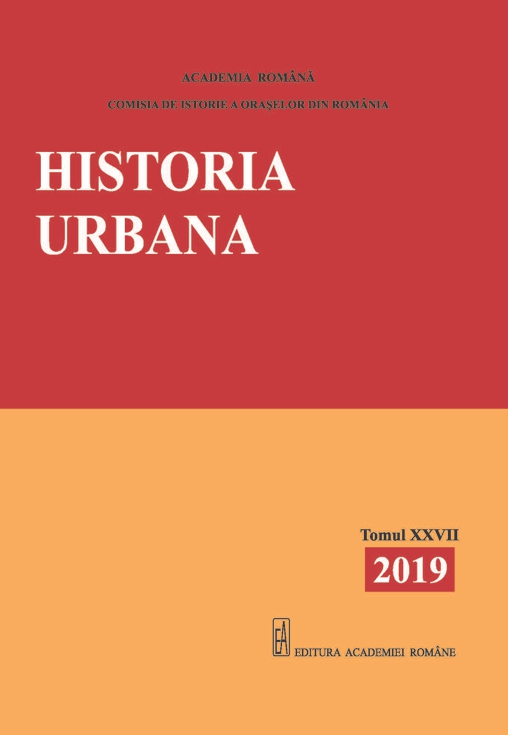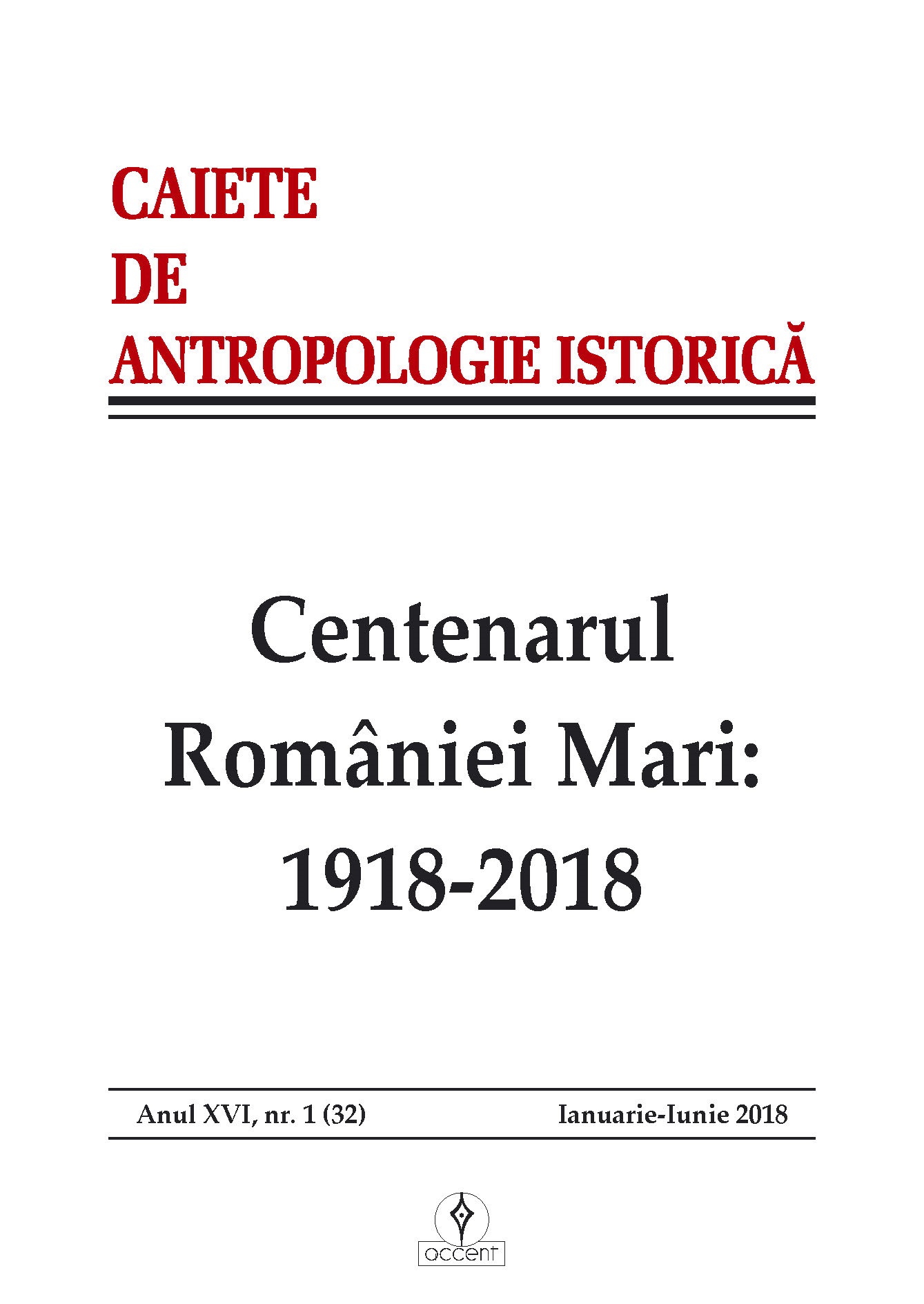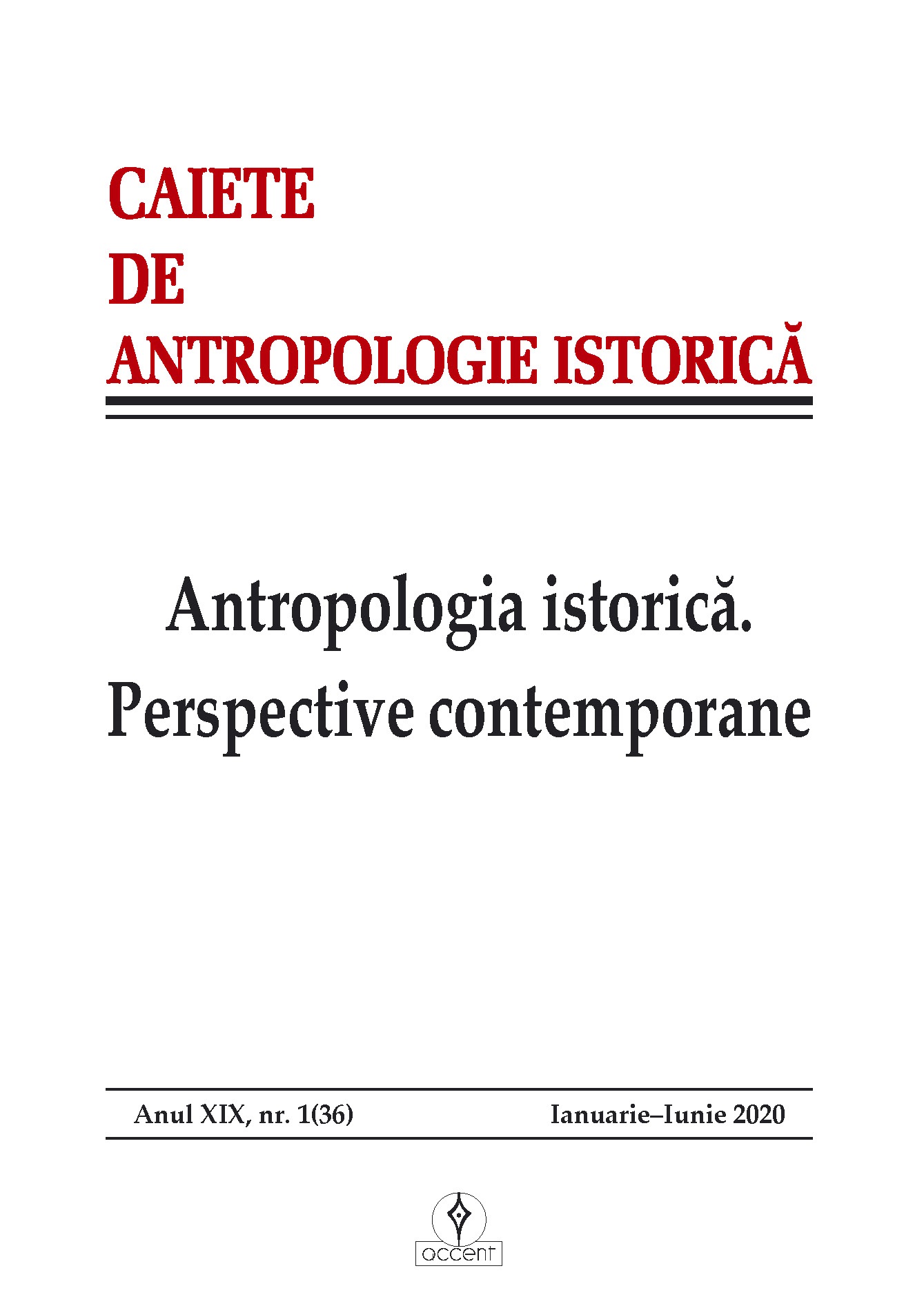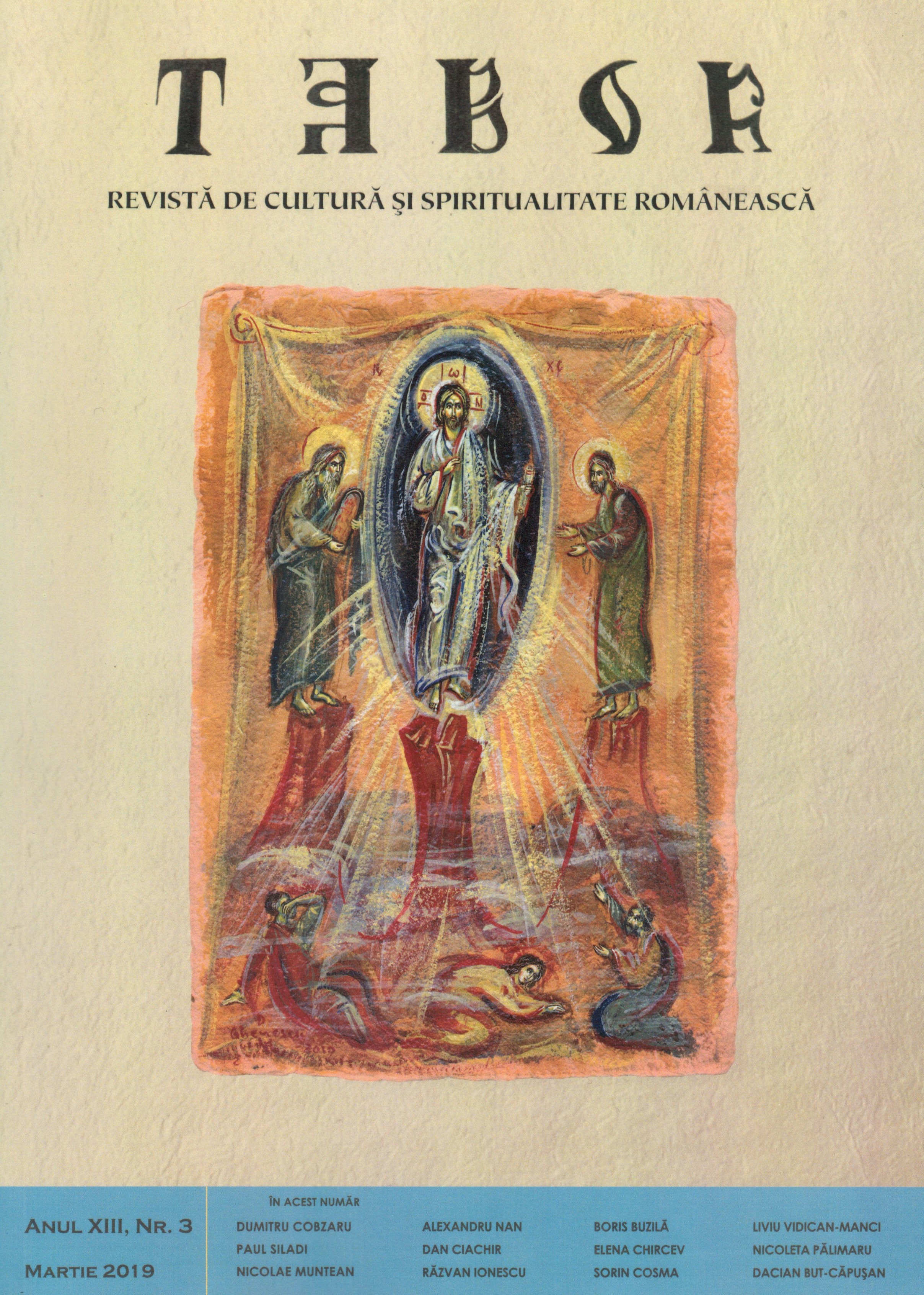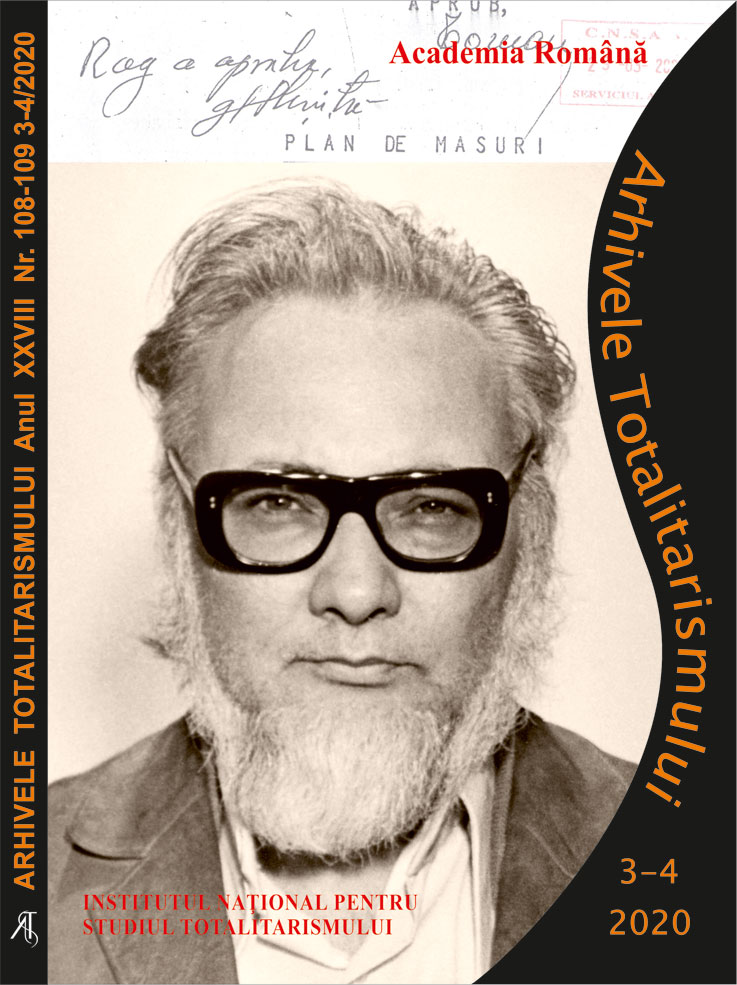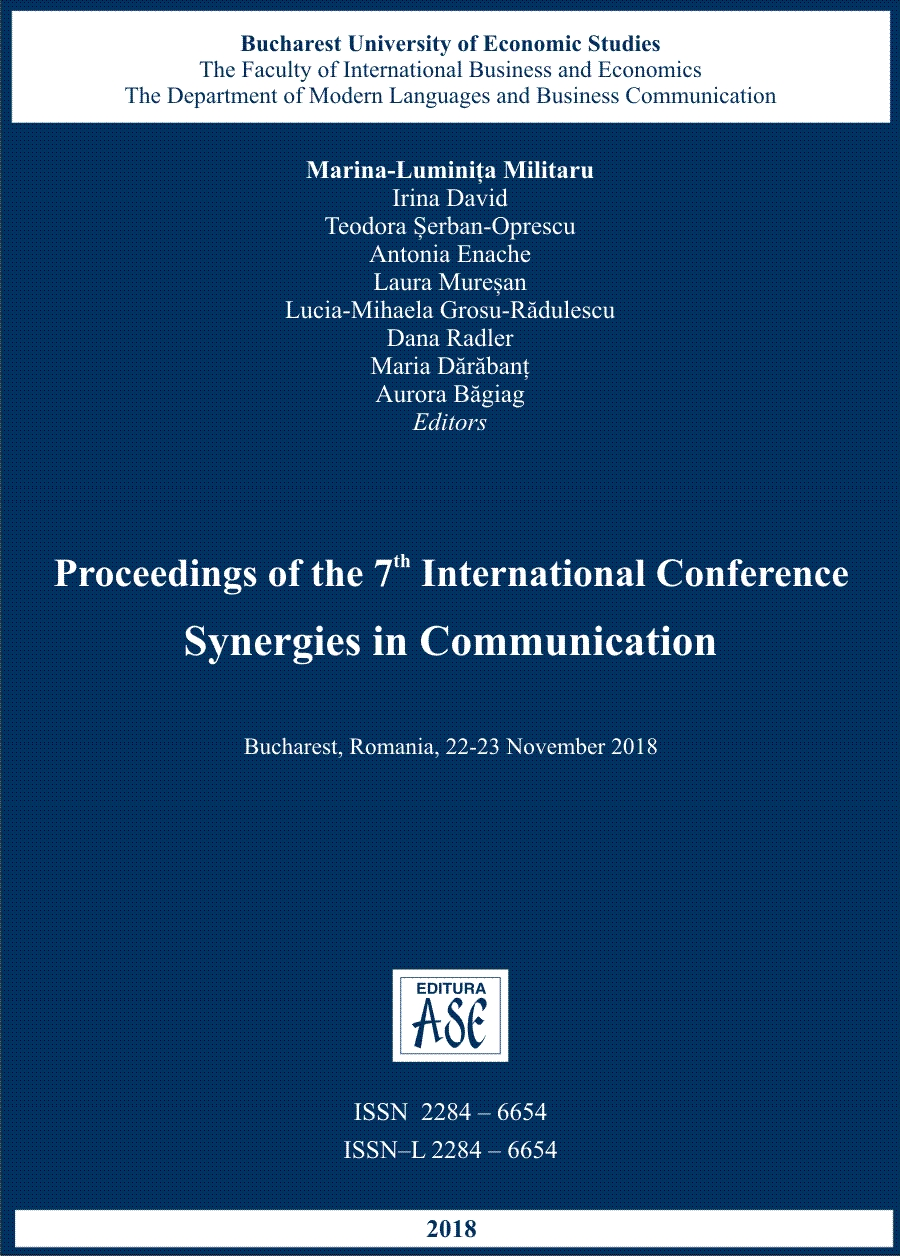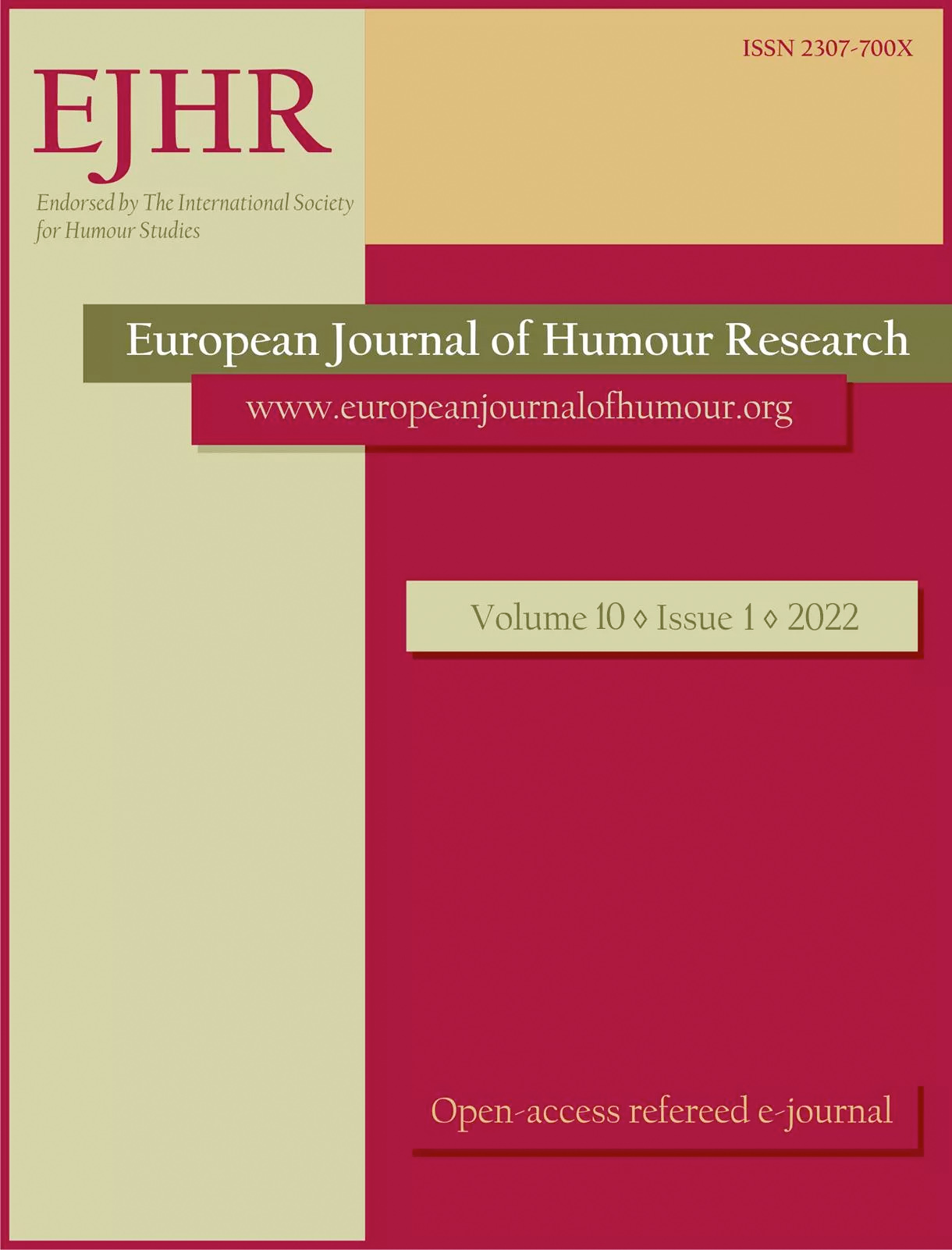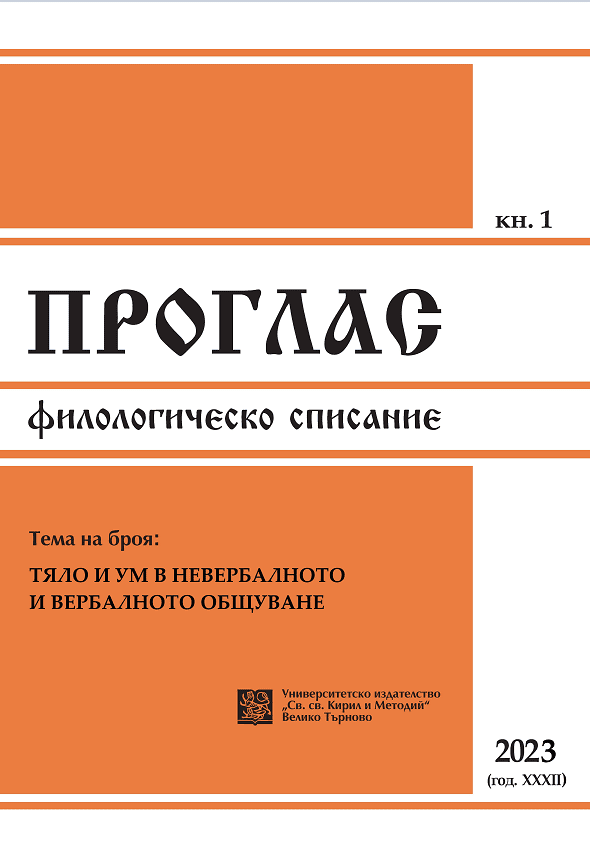Offender Patronage and other Measures of Assistance: 1874-1936. The Beginnings of Probation in Romania
Patronagiul infractorilor şi alte mãsuri de asistate: 1874-1936. Începuturile probaţiunii în România
Keywords: offender patronage; measures of assistance; origins and beginnings of probation in Romania
A short incursion into the beginnings of probation in Romania is made. The period chosen for analysis is 1874-1936, during which time a new law on the prison system was issued that paved the way for the establishment of the first and only Patronage Society in Romania. The study of different historical documents revealed a cleavage between the intentions written in laws and the actual reality. Though very eager to make a contribution to the lives of inmates, parolees and young offenders or children at risk, the Patronage Society struggled with financial problems and little support from public institutions. Also, the change in the political regime after World War II brought a closure to these small, but somewhat significant, measures of assistance and a delay in the professionalisation of offender rehabilitation. It is only after the fall of the communist regime, that some of the penal institutions were developed (e.g. sursis avec mise à l’épreuve). Today, these early beginnings of probation can constitute roots to which we can look back, understand the shortcomings and renew the tradition.
More...
